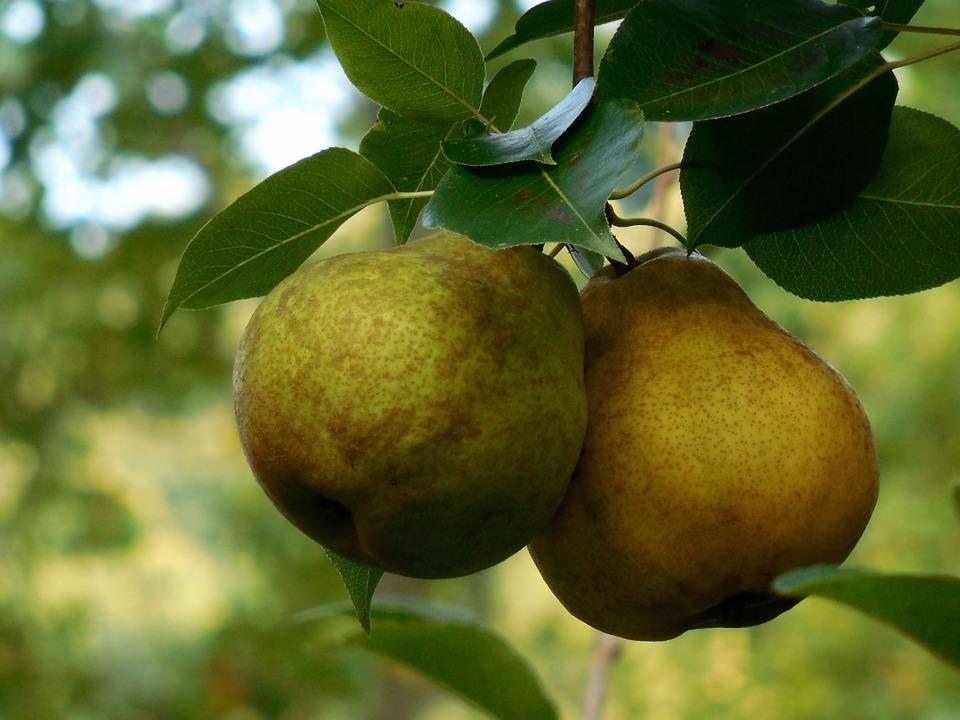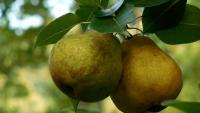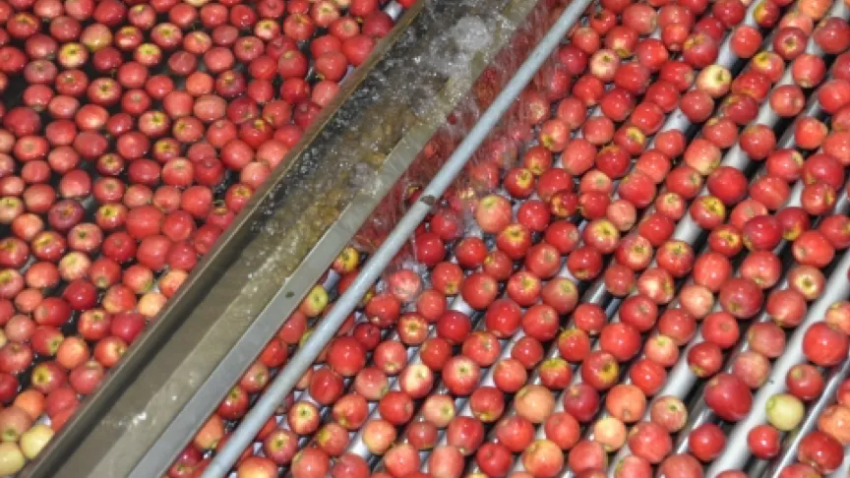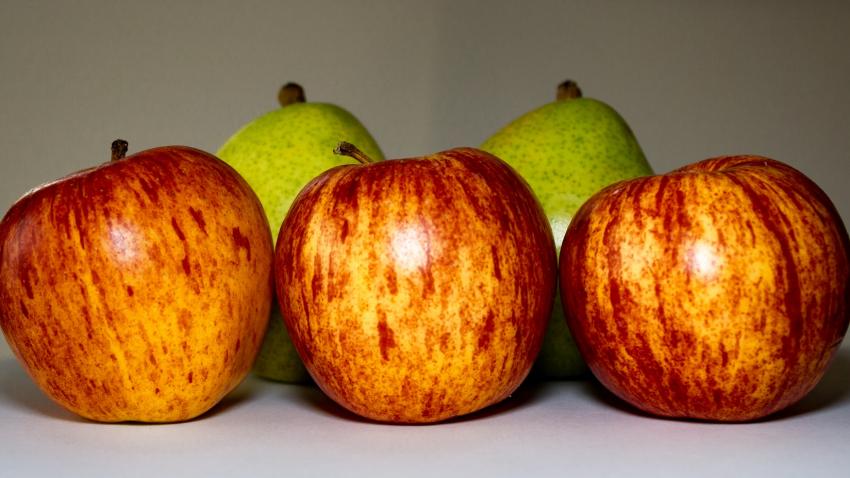You are here
Back to topChina Fresh Pear Exports Benchmark: Hebei Pears

On Friday July 8 at 20:30–21:30, China Fruit & Vegetable Fair (China FVF) and Produce Report jointly launched the 28th lecture of the Fruit & Vegetable class. The speaker was Mr. Zhao Xiaolei, Deputy General Manager of Hebei Tianbo Industry & Trade Co., Ltd., and the main topics of the lecture were an export overview of Hebei fresh pears and a notice about registration requirements for export orchards and packing plants.
Established in 1999, Hebei Tianbo Industry & Trade Co., Ltd., is one of the leading exporters of fresh pears in Hebei province, with annual exports of around 20,000 tons. The company owns fresh pear processing plants in Jinzhou and Shenzhen, and mainly exports its products to the United States, Canada, Australia, New Zealand, Mexico, the European Union, the Middle East, Southeast Asia, South Asia, and Hong Kong, as well as other countries and regions, with an annual export value of 15–20 million US$. Meanwhile, the company also sells fresh pears to domestic markets such as Guangzhou and Shenzhen.
Mr. Zhao Xiaolei is chiefly responsible for the export business for fresh pears. He believes that there are three characteristics for fruit companies: high risk, low profit margins, and long cycles. Looking at the global economic situation and market dynamics in recent years, a fruit company’s strategy should be more robust. However, “robust” does not mean to sacrifice opportunities – it actually means to quickly seize them. In Chinese, the word “crisis” can be considered to describe an opportunity hidden in danger and the key is how to face it. Based on his 13 years of experience in the fruit industry, Mr. Zhao Xiaolei believes that the actual quality of fruit is very important.
In 2015, the pear-planting area in Hebei province was 3 million acres, with a total production of around 5 million tons, which ranked first in China in terms of production and area. The main pear varieties include Yali (a kind of pear grown in Hebei province), sand pears, snow pears, and so on. The Yali cultivation area is predominant and accounts for 34%, followed by those of sand pears (18%) and snow pears (17%). The total fresh pear export volume from Hebei province is around 150,000–200,000 tons each year, which accounts for about 4% of total production. The fresh pears are exported to more than 60 countries and districts, including the United States, Canada, Australia, New Zealand, Mexico, Russia, the Middle East, South Asia, and the European Union. There are more than 60 registered packaging plants and more than 150 registered orchards in Hebei province.
In order to ensure the successful export of fresh pears, AQSIQ has signed bilateral phytosanitary protocols with import countries such as the United States and Canada. These protocols specify the requirements for registration of export orchards and packing plants, supervision and monitoring of pests, bagging of fruit, fruit-fly-free status, labeling of packaging, phytosanitary certificates, shipment methods, and the use of agricultural chemicals. Each year, only the fruits from registered orchards and packing plants that are in compliance with the bilateral phytosanitary protocols are permitted for export.
Applications for registration of export orchards should meet the following conditions:
1. Orchard acreage of at least 100 acres.
2. No pollution near the orchard.
3. Full-time or part-time quality assurance, responsible for orchard pest monitoring, prevention, and control work.
4. The establishment of a perfect quality management system, including organizational structure, staff training, pest monitoring and control, agrochemical management, and good agricultural practices.
5. No major outbreaks of plant epidemics in the previous two years.
6. Comply with bilateral phytosanitary agreements and special provisions of the law of the importing country.
Applications for registration of export fruit packaging plants should meet the following conditions:
1.Fruit packing plants should be clean and hygienic, with raw material and finished product warehouses that meet the storage requirements for fruits.
2. The areas for fruit processing and storage should be relatively independent and have a rational layout, where the living area is isolated by an appropriate distance.
3. Cleaning, processing, pest control, disease prevention, and quarantine treatment facilities should comply with the inspection and quarantine requirements.
4. Water and agrochemicals used in the fruit production process should comply with the relevant food hygiene requirements and the requirements of importing countries and regions.
5. A perfect quality health system should be established, including the management of fruit supply, processing, packaging, storage and transportation, and other sectors, and detailed records should be kept for fruit traceability, epidemic control measures, harmful organisms, and toxic pest monitoring.
6. Full-time or part-time quality assurance should be performed, with responsibility for raw fruit inspection, processing, packaging, storage, and other aspects of disease prevention measures, pest control, and toxic fruits and product inspection.
7. Fruit material of packing plants should come from registered orchards.
8. Comply with bilateral phytosanitary agreements and special provisions of the law of the importing country. Other system documents should be consulted for local CIQ.
Image source:Pixabay















Add new comment